I went to see Los 33 over the weekend, the movie about the Chilean miners who were pulled out of the mine, alive, in one of the world’s most spectacular (and quite honestly, unexpected) mine rescues. There were 33 of them, and they lived in the area of the mine called the refuge for months, after nearly starving to death on meager rations, and eventually a bore hole was used for communication and to send them some food and ipods and such.
I watched the rescue live with a friend, sitting in my old apartment on Riquelme, both of us terrified that something would go wrong, and that we would witness it. Then, one by one, they were pulled up in the Fenix capsule, and we celebrated. Oh, we were so relieved. Incredulous even. But that means I didn’t watch the movie to see how the miners were saved, so much as how they characterized their time underground, which was based in part on a book by Héctor Tobar, called Deep Down Dark. I heard him interviewed on Fresh Air, in October, 2014, and felt really good about him having written the book. He seemed to really want to get to know the miners, and thank goodness, also speaks fluent (native, I think) Spanish.
The book was very well reviewed, though I haven’t yet read it. I don’t actually want to say much about the movie, because I’m not Chilean, and I have never worked in a mine. It was interesting, entertaining, worth seeing. It painted some political figures in an incredibly good light. But what I most took from the movie was the cultural keystone of food, and people dreaming about it. This is my wont. I want to know about how people feel about their food. I want it greedily and without shame, and will sit down with anyone and ask them about their favorite foods when they were kids, or food combinations they love or hate. This thing about food, mostly, I want to know, but I also want to understand correctly. Which brings me to how badly the movie botched a particular part about food.
In a scene likened to the “Last Supper,” people are dreaming about their favorite foods. Their charquicán, their giant chacarero sandwich, Chilean specialties, all of it larger than life. And one character says he’d give anything for an empanada.
An empanada is a hot turnover, with one of several fillings inside. In Chile, the default empanada is the one made of pino, which is either ground or chopped beef, cooked with onions and seasoning. The pino empanada also has an olive (with the pit), and half a hard boiled egg and raisins mixed in the filling. This is folded into a slightly oily dough, and folded into a particular shape, which you can see below, which I peeped at the empanada shop near my house just this afternoon.
There was nothing wrong with the foods they chose for the movie. They seemed like the kinds of things people would dream about in the mine, if those people were used to a typical Chilean diet. The thing that the movie got so utterly wrong, was about the empanada. Or specifically, how the actor bit into it, which was holding it by the ends, and biting it in the middle.
Think about that. Have you ever eaten an empanada? How would you bite into it? It turns out, that after to eleven years (?!) of observation, as well as a poll in Spanish of Facebook friends, there are three, and only three “normal” ways to eat an empanada (spoiler, none of them are biting from the middle).
And here they are, from easiest to most complicated, with explanations, as necessary. First, take this empanada. You will notice that it is folded differently from the pino one above. That is because it is mushroom and cheese, as I don’t eat pino. This is a trick from the empanada makers, so you know what each one is when you get it. Sweet, right? My empanada is triangular, like a hamantaschen. I only wish it had a song. But I digress.
So here, after research and observation are the three, and only three ways people eat empanadas.
1. hold the empanada vertically, with the cachito (little horn, as we call the corner of the pastry) pointing towards your mouth. Take a bite. Here some of my pollsters provided that from here, they would scoop in or dip sauce, which in most cases in Chile is this kind of toxic thick hot sauce that I have grown tremendously fond of. It is called Ají Chileno.
Or maybe you don’t want to bite into it, due to fear of heat, or a love of the cachito, or for some other reason. Fear not. You have a solution, and that solution is the following.
2. tear off the cachito (see above), turn the torn side (most common) towards your mouth and pop it in. You can see how hot the empanada filling is, and maybe blow on the filling before eating it.
But maybe you are in a restaurant, or have brought the empanada home. You will not eat it, as many people do, standing on the street, out of a paper bag or one-ply napkin. What to do?
3. in the case of a restaurant empanada, or one you bring home, or that you fear may be too hot to eat, cut the empanada in half, and pick up each half with your hands, to start eating from the cut side. Proponents of this method also cited the ferreting out of the olive, undesirable to at least two teenage kids, and many other anti-olive advocates. One pollster likes to pull out the boiled egg yolk, which she doesn’t like. This method is also good for letting the filling cool down a bit, or sharing the empanada with a friend, or saving the cachitos for last.
Under no circumstances should a fork and knife be used, and most notably, though I left it open for discussion in no instance did anyone suggest biting in from the middle, which would cause you to lose filling, burn your face, and maybe also look like a cultural outsider. People would probably talk about your cultural failings. As I am talking about the cultural failings of Los 33. As one contact (on Twitter) pointed out, “I guess they didn’t hire a cultural advisor,” or another, less optimistic contact suggested that they had a “lousy cultural advisor.”
So I don’t know entirely how I feel about the film, and I know even less about how Chileans felt about it. It may seem like a small thing, this wrongful empanada consumption, but it’s one of the iconic foods of Chile, and even makes its way into one of those quirky “magazines” that are sold on the bus by street vendors, like this one, and here I show a page from one such magazine called “Fiestas Patrias” (National holidays), which claims to depict “patriotic symbols.”
See? Also on the same focal plane, a chinchinero, which are not my favorite, but yes, are a cultural classic. Also do not bite these in the middle, Or at all.
Even as a non Chilean, it was important to me to see the empanada presented correctly in the movie. Seeing such a simple thing so badly played, annoyed me, frustrated me, and reminded me of why I’d originally wished it hadn’t been produced in Hollywood, and to some extent why, though I spend all this time asking people about their food, I haven’t figured out what project it is for yet. I guess I came up with that, in part, where possible, people should tell their own stories, because they’re the ones that will get them right. Or at the very least, they should hire a cultural advisor. And not a lousy one.
:::::::
Bonus: there is a fourth way to eat an empanada, which is to peel back the top from the bottom on a plate. This is considered an aberration, but a couple of people mentioned it, much to the horror of everyone else who was reading along in the informal research. I have personally never witnessed it.

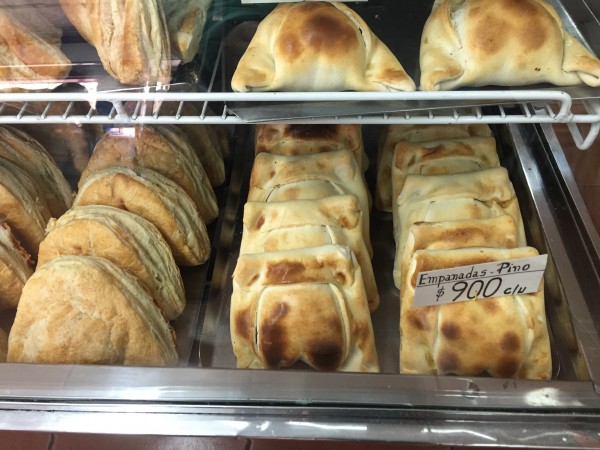
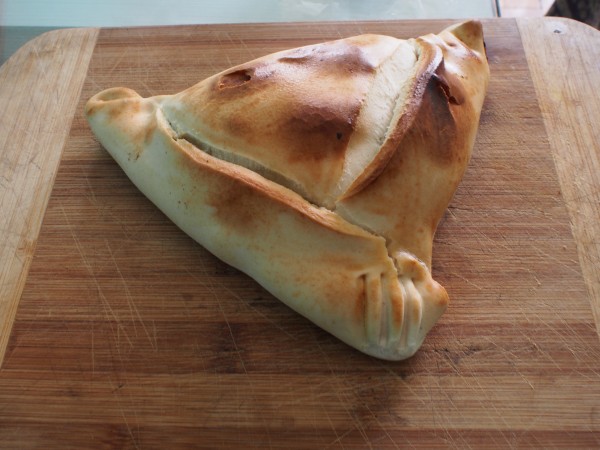
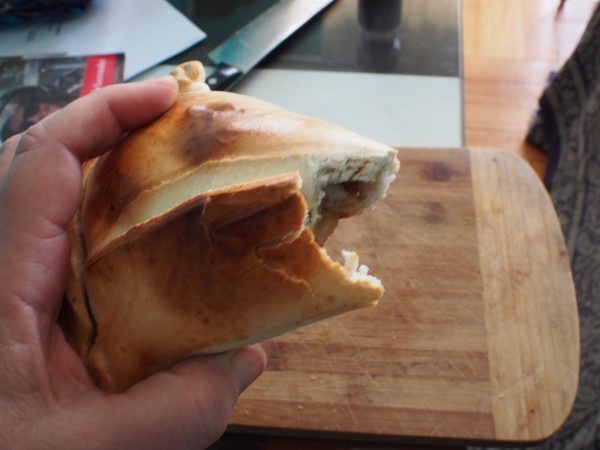
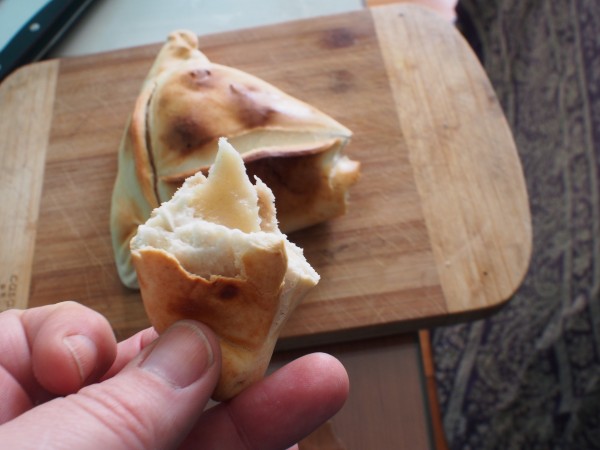
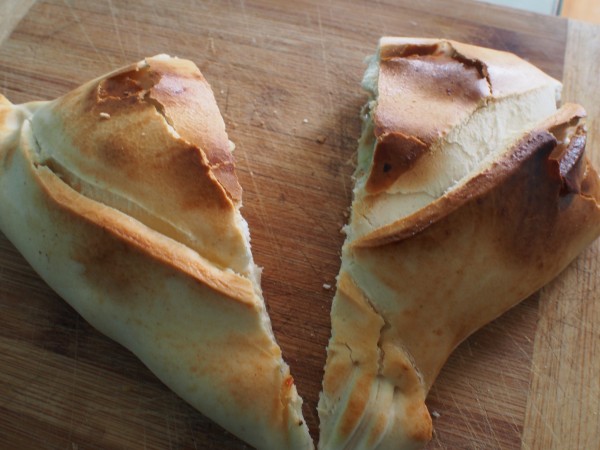
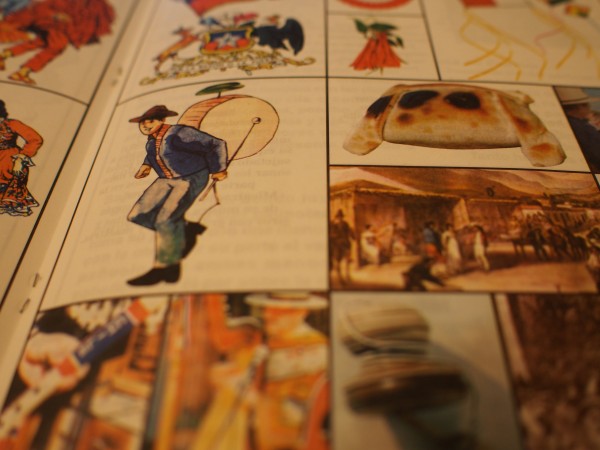
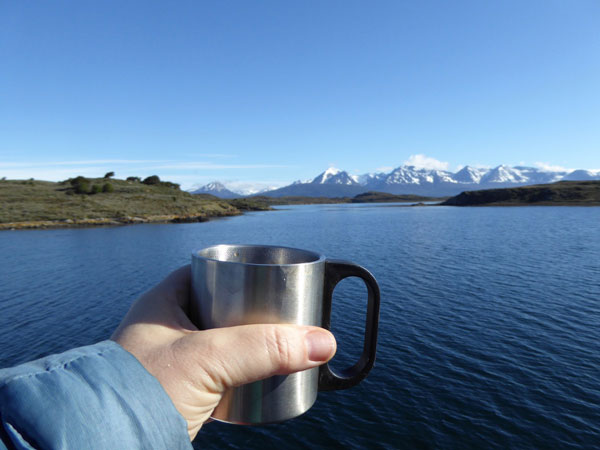
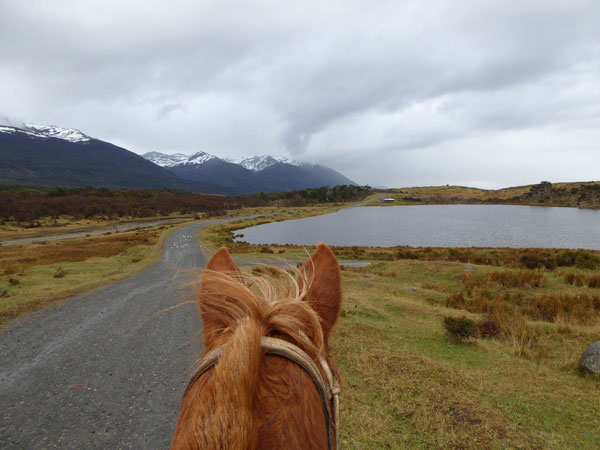



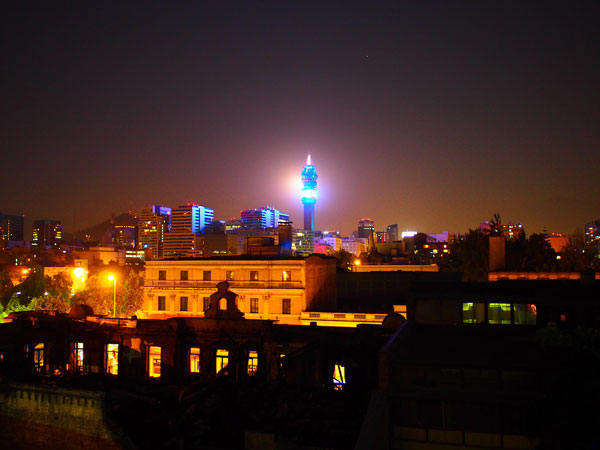
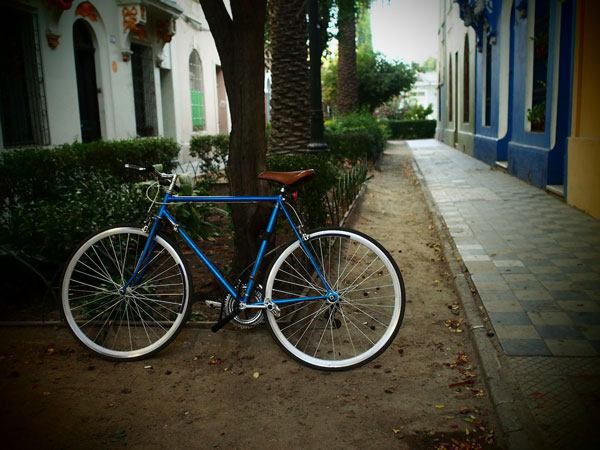


Y las pasas tmbn en la empanada de pino!
la cortas para sacarlas?
Que no están dentro de los ingredientes que diste arriba 🙂
I guess I was including them in the “spices.” tx cari!
Honestly, who in their right mind would take a bite from the middle? What if it’s juicy like the salteñas? They’ll end up with.greasy meat.juices on their face and clothes!
That’s what I’m saying. Missing cultural advisor. In shorter terms, missing me! I would have made sure they didn’t mess that up! 🙂
To peel back the top to bottom of an empanada on a plate, just as eating it with a fork is blasphemous, and defeats the purpose of the empanada itself; it was designed to be taken with tour hands, to feel its temperature and texture, cause the dough is all the plate you need.
I know, but some crazy people said they like to mix it up a bit, both of them Chilean. I discount this. It’s like eating popcorn with a spoon. which I do, if I’m working, because I don’t like to get my hands greasy or spicy (I eat it with merquén). But I know that’s not “normal!”
I’m 100% Chilean and the only way I would eat an empanada is using a fork and a knife. But never from the middle, you are absolutely right about that.
So you are a very “pituca” chilean girl, since a real chilean empana lover would just bite it and let the juice ran down the arms
ha! joke’s on you, I’m not Chilean at all. And vegetarian empanadas are seldom juicy. Thanks for popping in. Oh wait, that was for Sari! she’s clearly not in my sample group, all of whom said a big fat NO to the fork and knife. So maybe there are four ways? Five ways? still no middle biting, though today someone suggested a child might. 🙂
Yuck!!! I hate juicy empanadas and just the idea of my hands smelling of empanadas makes me sick. BTW I don’t eat oranges for the same reason and only eat non-juicy green pears.
we want video! kidding. Why so much plate and fork and knife. What if you are on the street?
I never eat on the street (well, maybe a Super 8, bought in a store, but that comes in wrap anyway). I don’t understand why people buy food on the street. It’s unsanitary to start with and very uncomfortable to eat.
different customs, I suppose.
My wife and I (who are living in Chile, but are not Chileans) were also disappointed in how Juliette Binoche’s character was hawking the empanadas in the beginning. It sounded nothing like a Chilean street vendor.
yeah, I really want to know more about how Chileans felt about the movie. I wasn’t buying her as an empanada vendor, either. Plus it seems like a hassle to wander around, most food vendors here in Santiago don’t move too much.
I am now wondering – have I been swallowing raisins in my empanadas for all these many years and never noticed them? I cannot remember ever having raisins as an ingredient, always noticeable in a Peruvian empanada. Perhaps those small, round black things were not small olives but large raisons? I always discard them so it may be. I discard the egg as well.
do you cut it open to get it out? I don’t eat pino empanadas, but maybe people borrow ingredients from pastel de choclo?
I usually just flick the egg out into a bin if I am eating one in my hand. Same with the olive unless someone wants it. The last cachito belongs to the dog!
Good post.
I tend to take out the obligatory black olive(s). The egg is more of a bonus. I tend to eat it from one corner, carefully, often holding the other corner in a serviette. Sometimes it still splats all over the place.
Haven’t seen much knife and fork usage. Did it myself once in a restuarant in when it was larger than regular size.
Not so keen on Hollywood real life movies because they tend to meddle so much with the accuracy to create a better flow and story, and it annoys me.
Nice post. Love empandadas. They remind me of Cornish Pasties, so a taste of home.
Only in Santiago 3 weeks, unfortunately. If I have to try one dish, what would you recommend? In Chile for 2 months and then to Argentina…wish I was staying in Santiago longer.
I don’t know you, so I don’t know! I love porotos granados, but if you eat meat, probably more classic is a chacarero sandwich. Enjoy the voyage!
The best way to eat an emapanda, is to eat it however you want. I know that for me, when I make empanadas and share them with friends and family, I only want you to be comfortable and happy. I don’t care how you eat it, just that you enjoy it. With a fork and knife, without a fork and knife, lo que sea. ¡Solo quiero que les gusten!
Right. For the joy of food, and sharing with friends and family. I think I shall suspend mine from a string and take bites of it like we did in that weird halloween game when I was a kid with donuts or apples. Oh wait, all the filling would spill out. Maybe not, then. Thanks for popping by!
This was so helpful!! As a single US traveler (with no empanada experience to date) in Argentina for the first time, I needed to know this!
though argentine empanadas are about 1/3 the size of a Chilean empanada, I still have never seen anyone eat one from the middle. Fillings are way different there, too. Hope you enjoy!